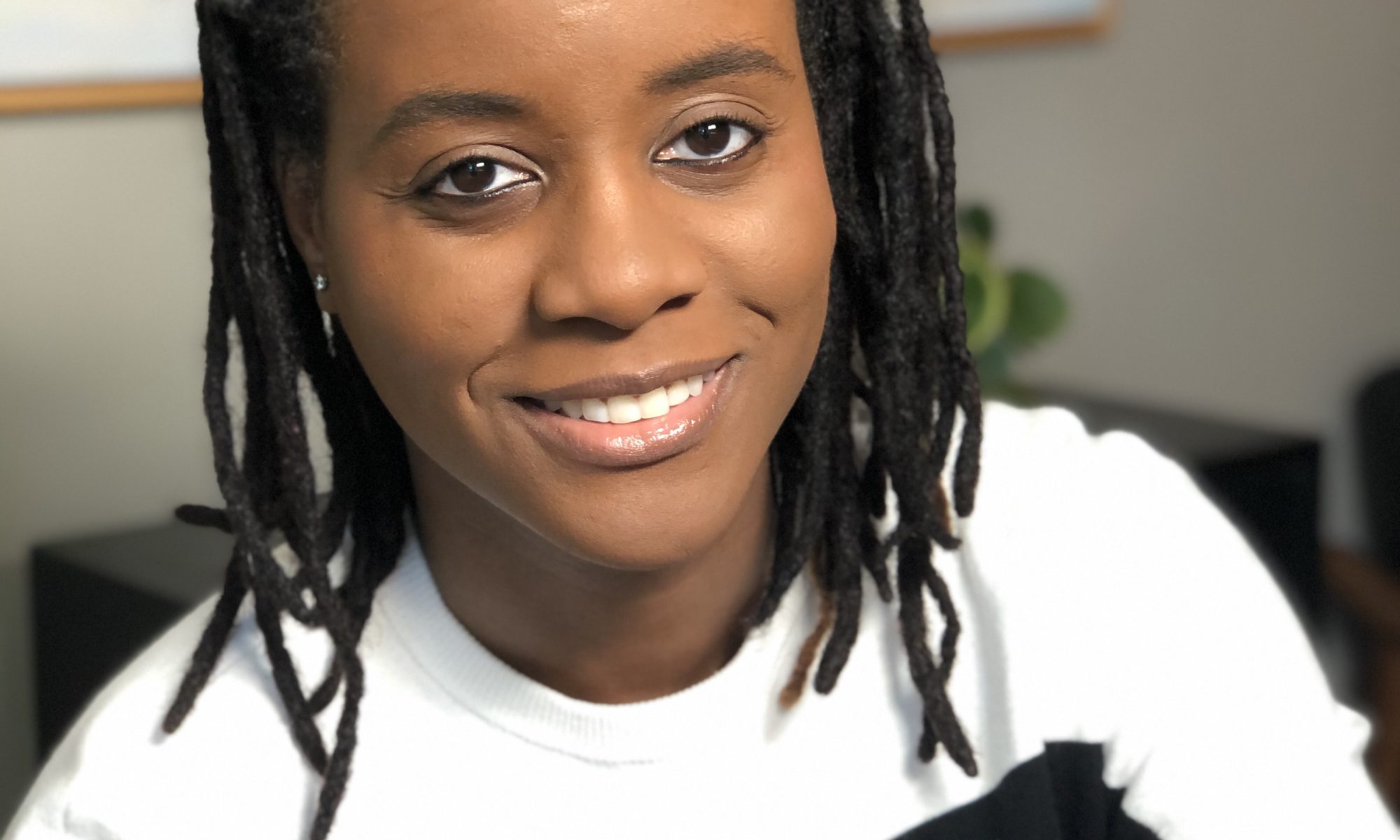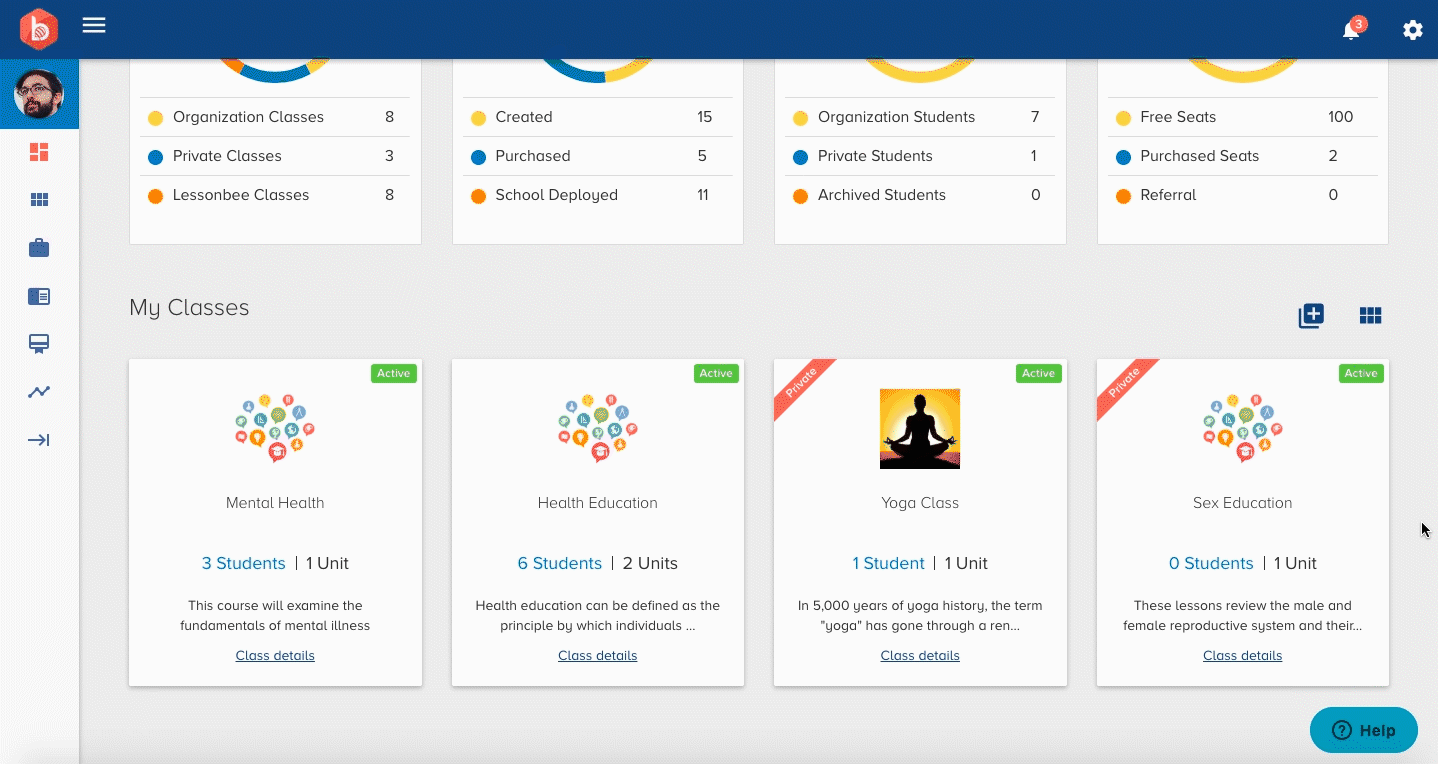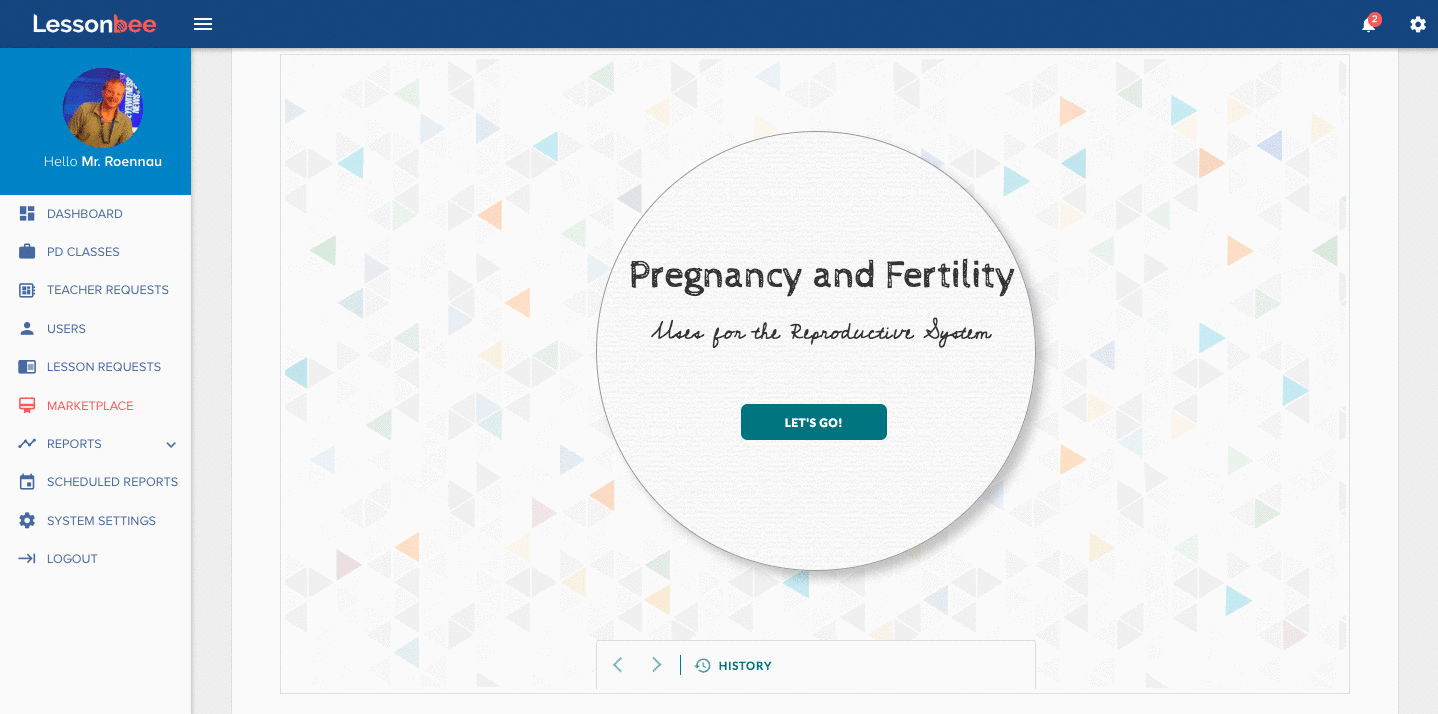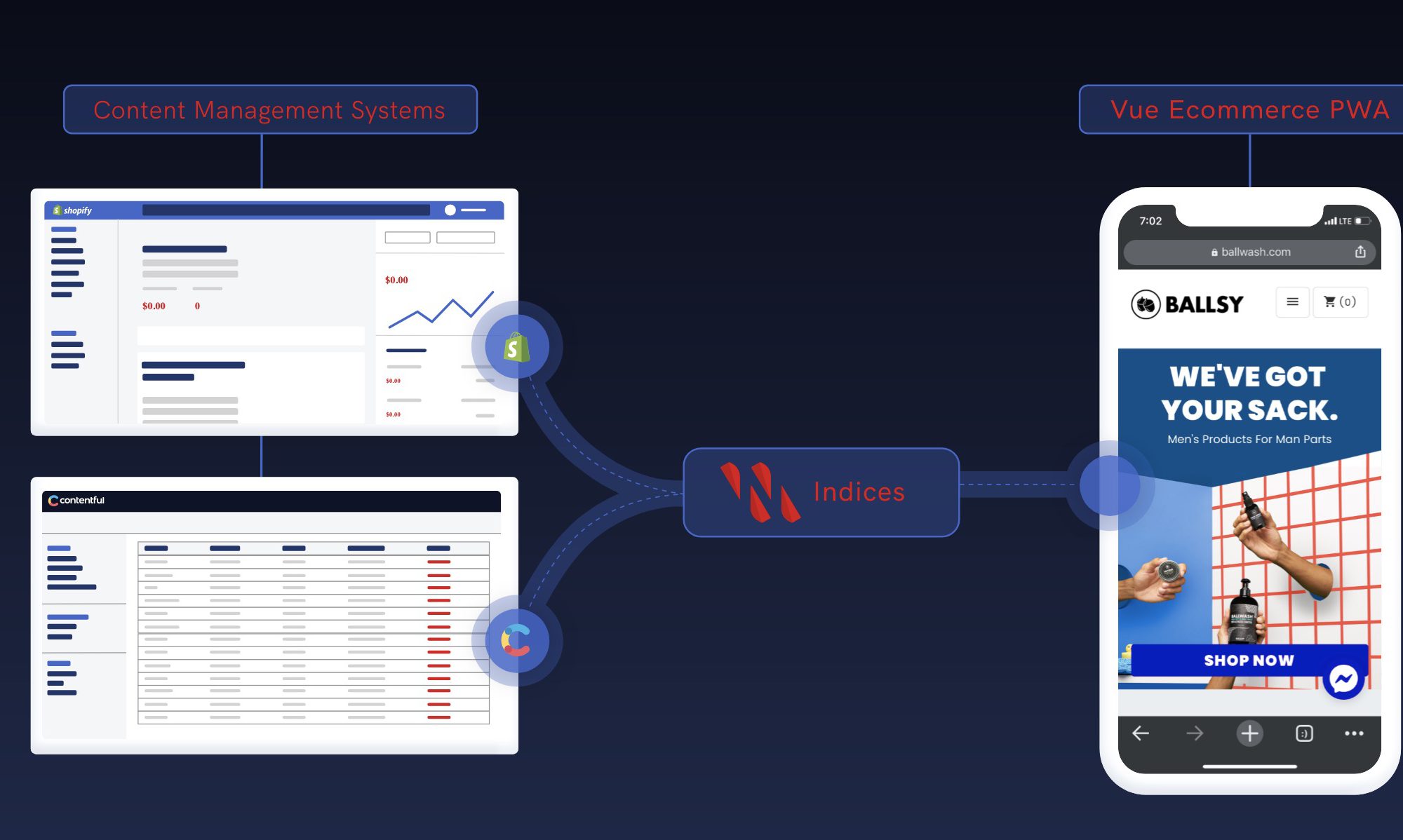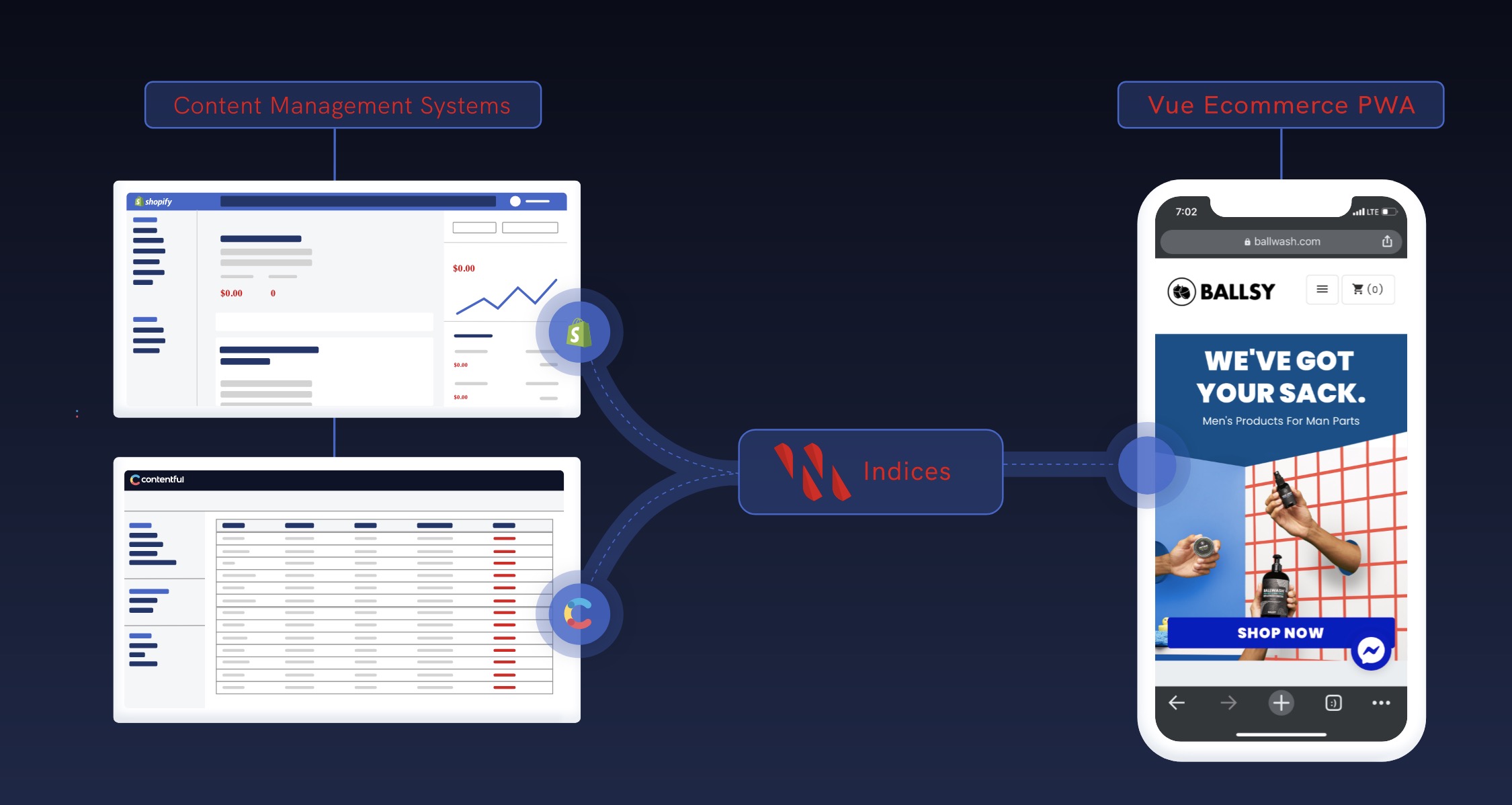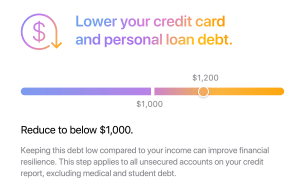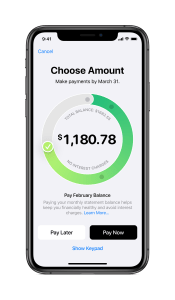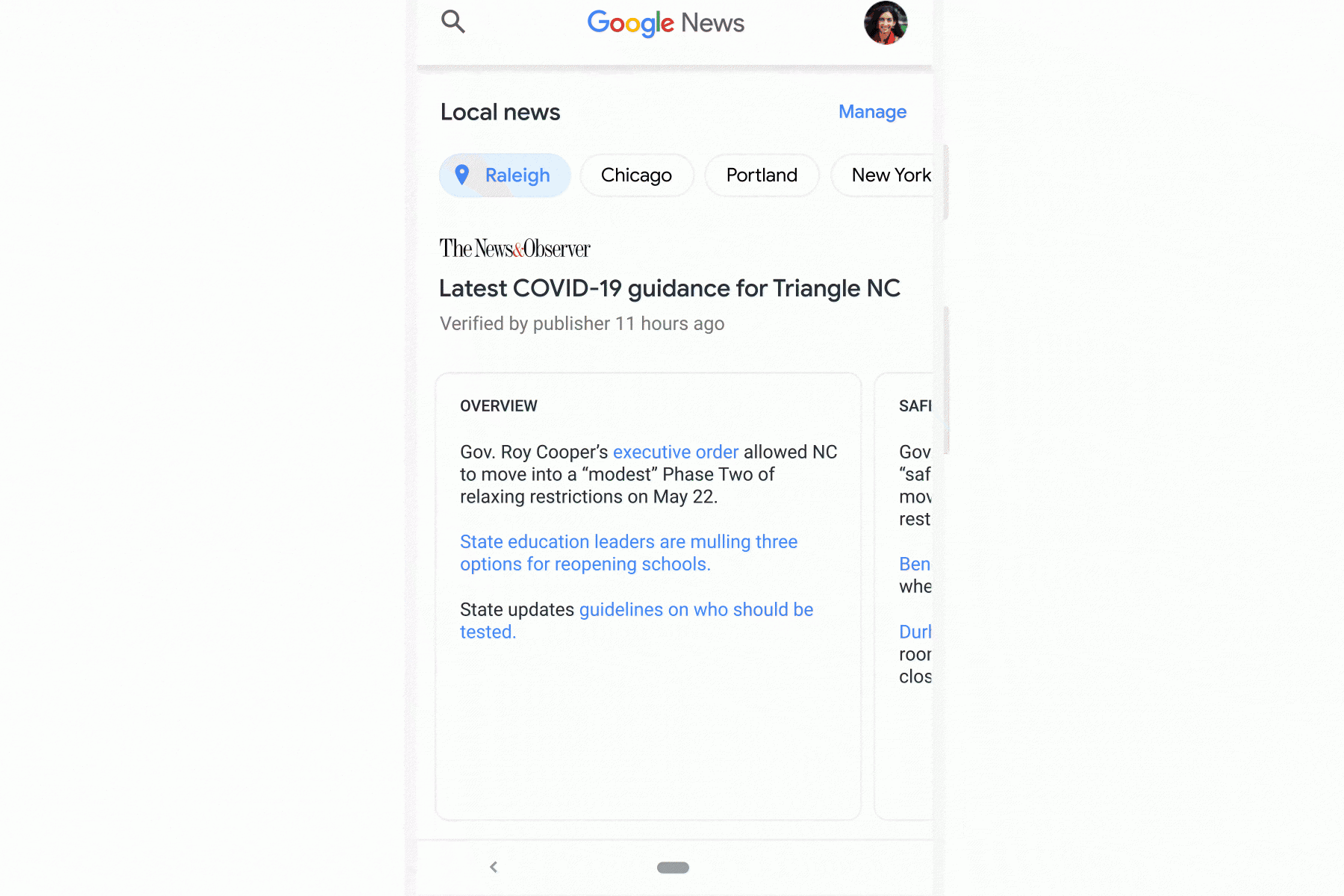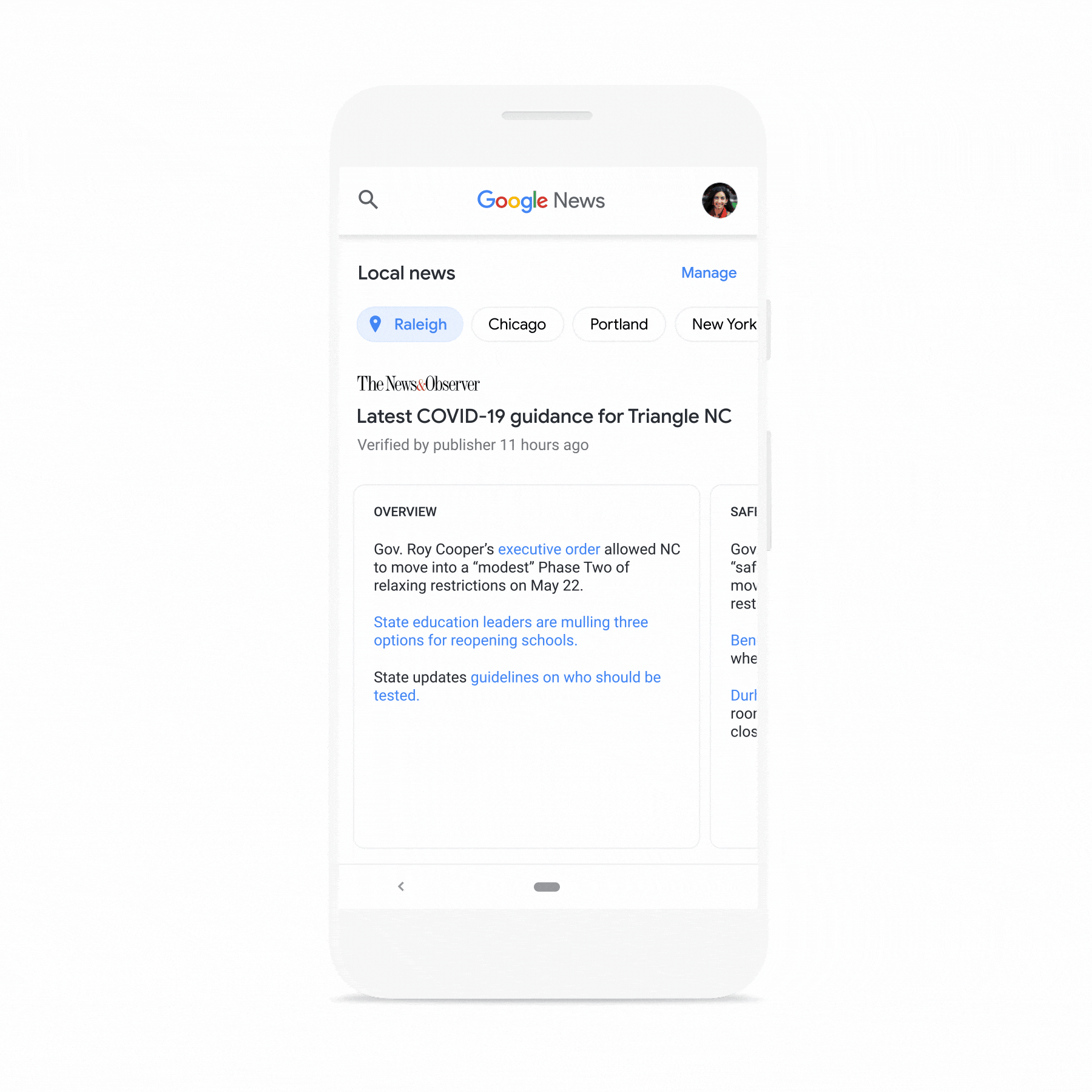Travis Montaque
Contributor
Travis Montaque is CEO of
Holler and made Entrepreneur Magazine’s 2018 Most Daring Entrepreneur’s list for his work in branding consumer conversations. He was also named as one of Forbes’ 30 under 30 in 2016.
We have a problem. In tech, our companies are not diverse.
This is something we’ve known for a long time, but in an industry where we’ve innovated and solved some of the world’s most challenging problems, we have continued to fail here. I am one of few Black tech CEOs and I too have historically not done as much as I should have to harness the power of diversity in my business. I have been fast at work to change this, but I’ve learned that it requires rewriting the entire playbook.
To better approach the lack of diversity in tech, one-dimensional diversity agendas will not cut it. Company cultures across the board need to be rewired at their core. Change has to happen at every level, from leadership to individual employees — even how a corporation behaves as an entity.
Diversity is advantageous both for employees and the bottom line, but static, siloed diversity programs will not create systemic change. Shifting the company mindset around diversity means creating excitement around our differences, changing the idea that diversity is a zero-sum game and approaching diversity like every other challenge we face.
It can be tempting to introduce a diversity agenda and say you’ve solved the problem. A step beyond this involves diversity and inclusion initiatives that aim to get more people in the door and create support networks within the company walls. It’s not just about meeting D&I standards; the goal is to foster a sense of belonging for all employees.
Everyone should feel that their individuality, sexual orientation, gender and heritage are celebrated within the workplace, not just tolerated. Through diverse viewpoints, ideas can be challenged and made better. Without this level of acceptance and genuine excitement at every level of the organization, diversity initiatives will continue to fall flat.
When thinking about diversity, inclusion and belonging, leaders must consider ways to engage the full group instead of creating support groups for small portions of your staff. True diversity in the workplace requires a holistic approach where the entire team is participating and engaged.
It shouldn’t come as a surprise that on the most basic level, people want to feel seen and appreciated. Personally, I’ve always leaned into diverse cultural experiences. I would go to my friend’s Passover even though I am not Jewish. My friends and other guests didn’t care that I didn’t know what was about to happen — they appreciated that I was there and willing to learn. I’m trying to take this same emotional interaction and apply it to Holler’s culture. We need to look for ways to acknowledge that we are here and ready to learn about experiences other than our own. And remember — we don’t have to have all the answers.
To address this, we’ve recently started to create holidays (or as we call them, Hollerdays) where we as a company will acknowledge and honor the holidays from various heritages, races and religions that our employees celebrate. This is not just a free day off. This is an opportunity for all of us to learn and celebrate cultures outside of our own.
Education is the key element in diversity-focused activities having real impact. We need to create normalcy around educational opportunities. Through education, opportunities to acknowledge and celebrate diverse life experiences begins to be baked into the company culture.
When introducing new educational opportunities, we must show that they are beneficial for everyone, not just catered to minority groups or hosted in order to meet a diversity standard. Corporate diversity can often feel like a box that can be checked by hiring more ethnically diverse candidates or implementing a program to help those individuals assimilate. What’s worse is that anything beyond these initiatives is perceived as special treatment or a chore to the full team. If an educational moment feels like a negative to employees, the outcome will be negative and mass adoption of equitable and inclusive company cultures will be slow.
To introduce new educational programs at Holler, we recently asked one of the BLM founders, Opal Tometi, to speak with our employees in a live Q&A. This was during work hours and highly encouraged, but not required. It was a communal activity where we were able to discuss different perspectives and continue thinking about how we can each do better on an individual level. We created excitement around it and reinforced that these types of discussions are a company priority.
The language we use around diversity also has a hand in creating real change. We need to focus on diversity as a way of lifting the entire ship and creating an equitable society. In tech specifically, team members who can think outside of their own lived experiences have a stronger sense of emotional intelligence. They can build algorithms or projects that address a larger collective — mitigating issues like biased machine learning solutions. They become more competitive as employees.
A community focused on diversity, inclusion, and belonging will have a competitive advantage. Frankly, it’s the morally right thing to do. Business leaders should monitor the execution of diversity and inclusion programs to ensure equity and belonging are a part of the conversation as well.
We as leaders in technology need to treat diversity and inclusion the same way we do any other tech challenge — with agility and openness to iteration. Many companies use agile methodology to yield the best results. To solve complex problems, agile practices encourage adaptability and promote continuous improvement, flexibility, collaboration and high quality. We must do the same for diversity.
With so much pressure to change and do better, it is tempting to implement new policies and say that you are automatically diversity focused. Immediately stating how your company will “fix the problem” is a band-aid approach that often misses the larger task at hand. It also does not involve enough follow through. Rewiring your company culture to be more inclusive and diverse requires continuous effort, a commitment to hearing feedback and evolving as you learn.
As a CEO, I’m trying to understand how each and every person within my company views diversity. Yes, this even includes white males. We need the perspectives of everyone in order to foster a sense of belonging and create company cultures that systematically embrace diverse backgrounds. We all need to be a part of the conversation and willing to grow.
I’m also continuing to speak and listen to other business leaders to hear how they are approaching change. Not a single one of us has the answer, but through sharing ideas and really listening to what is working (and what’s not), we can start to make sustainable change.
Think of diversity as an industry-wide open-source project. We cannot work in silos. Isolation will lead to furthering our fragmented industry and leave us without a standard for how all humans should be treated within the tech community.
Sharing ideas and progress can be intimidating, but it’s okay to fail. The agile methodology promotes the idea of failure as an outcome and empowers iteration. We need to allow companies to miss the mark sometimes, as long as they are trying and iterating. Businesses inevitably won’t get this right every time.
I’ve heard from white male executives that one of their biggest fears is rolling out well-intentioned initiatives and getting “canceled” when it doesn’t work out perfectly. If we do not allow today’s business leaders to make mistakes, we’ll suffocate progress. We need to focus on the good intent and keep moving forward.
We each have to take on the responsibility to make change happen — at a corporate and an individual level. Once we learn to celebrate everyone at our companies for who they truly are, shift the rhetoric away from who wins and who loses in the fight for equity, and evolve our approach to problem solving, we can begin to make systemic changes to our company cultures. The process is only beginning and it is going to take all of us doing our part to fundamentally alter how we approach corporate diversity conversations.
We must take our next steps together.

Source: Tech Crunch


